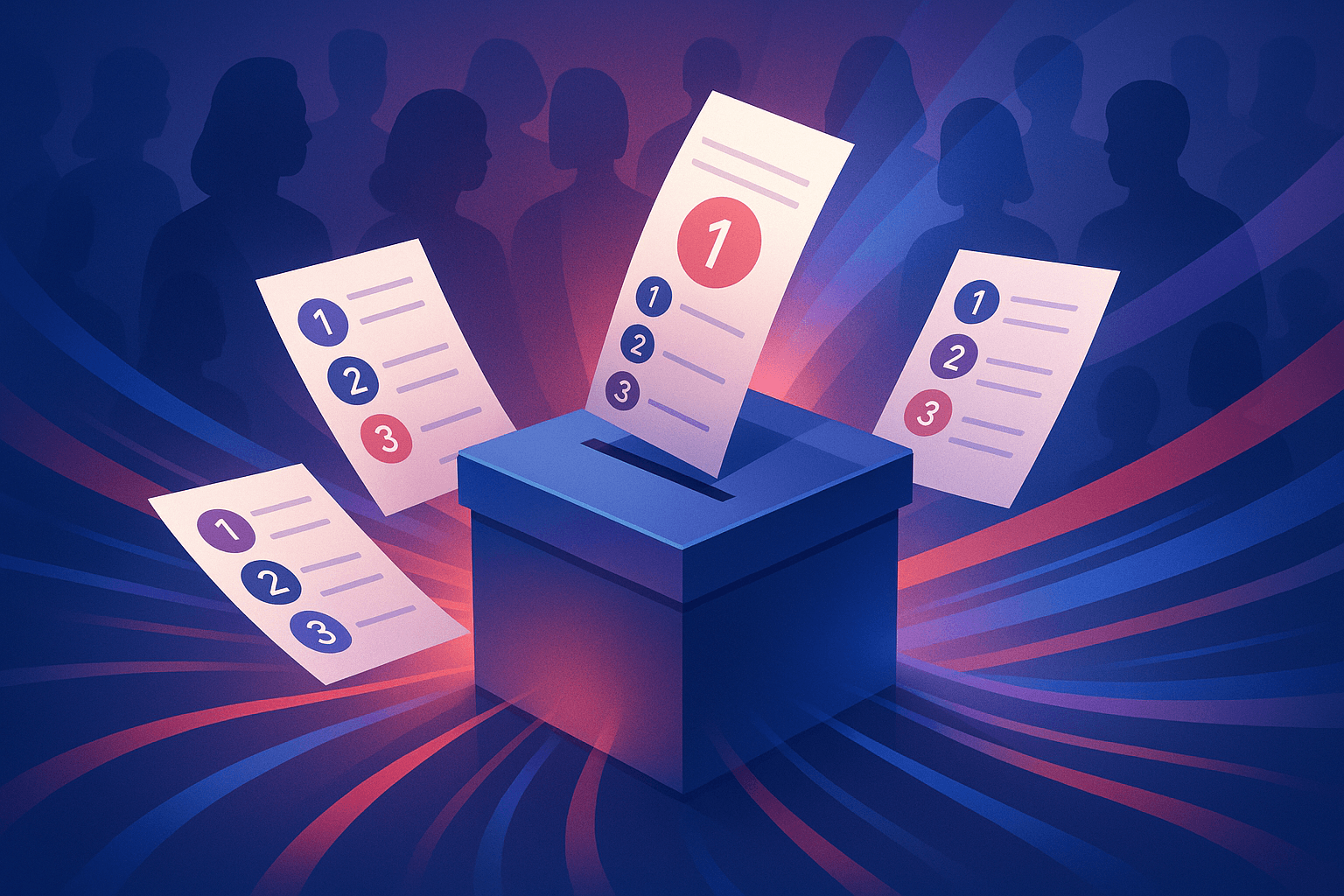Mass Tort Cases Cripple California Court System at Expense of Taxpayers

Thousands of out-of-state lawsuits are flooding into California courts, bogging down the judicial system and costing state taxpayers money. Yet, most of these cases involve people who do not even live in the state.
The practice is called mass tort. In short, a handful of law firms bundle thousands of product liability lawsuits against pharmaceutical companies and file them in California. However, as it turns out, a vast majority of these cases do not have a single plaintiff who is a resident of California.
Mass tort should not be confused with a class action lawsuit, which involves dozens, hundreds, maybe thousands of plaintiffs who attach their name to a single case. Mass tort means hundreds, if not thousands of cases with tens of thousands of plaintiffs. The California court system must sort out these cases, and the lawsuits often don’t move forward, end in settlement, and turn a sizable profit for the law firms that file them.
The Civil Justice Association of California (CJAC) recently concluded a study to determine the volume of cases filed in California courts by plaintiffs who live outside the state. The study looked at product liability cases against pharmaceutical companies in two cities, LA and San Francisco, between January 2010 and May 2016.
CJAC found that in the course of the study there were nearly 3,000 cases with a little more than 25,500 plaintiffs. Only 10 percent of the plaintiffs were California residents, meaning 9 in 10 of the plaintiffs were from outside the state. Further, CJAC found that over 67 percent of the cases had no California plaintiffs at all and 85 percent had more than half of the plaintiffs from outside the state.
With such a large case load and tens of thousands of plaintiffs, one might expect there to be a lot of lawyers involved. Well, according to CJAC, that is not the case. The organization’s study found that 91 percent of the plaintiffs were represented by just 25 law firms – that’s over 23,000 people. And 7 of these law firms had out-of-state people make up more than 93% of their plaintiffs.
While it is harder to determine how many of the claims made by individual plaintiffs were legitimate, that is not what is at issue here. The issue is whether California courts dealing with a widespread budget crisis should bear the overwhelming burden of thousands of out-of-state mass tort cases, most of which don’t involve a single California resident.
According to the California Supreme Court, there is nothing wrong with this practice.
In the case, Bristol-Myers Squibb Company v. Superior Court of San Francisco County, 678 plaintiffs sued Bristol-Myers Squibb (BMS) over alleged injuries from using Plavix, a blood thinner used to reduce the chances of blood clotting after a heart attack or stroke. Of the total number of plaintiffs, only 86 (12.6%) were California residents.
The split 4-3 majority from the state Supreme Court ruled that California’s jurisdiction could be used for mass tort cases that involve out-of-state plaintiffs, out-of-state defendants, and out-of-state events because the defendant advertised and sold its products in California and there were some state residents with parallel claims.
However, in the dissent opinion, Justice Werdegar notes that there was no evidence presented connecting the Plavix taken by out-of-state plaintiffs with California. Werdegar also writes that there was no evidence California doctors prescribed the medication to out-of-state plaintiffs. And, there was no evidence that the Plavix taken by the plaintiffs was manufactured in California or distributed by a California distributor.
From the dissent opinion:
“As California holds a substantial portion of the United States population, any company selling a product or service nationwide, regardless of where it is incorporated or headquartered, is likely to do a substantial part of its business in California. Under the majority’s theory of specific jurisdiction, California provides a forum for plaintiffs from any number of states to join with California plaintiffs seeking redress for injuries from virtually any course of business conduct a defendant has pursued on a nationwide basis, without any showing of a relationship between the defendant’s conduct in California and the nonresident plaintiffs’ claims. The majority thus sanctions our state to regularly adjudicate disputes arising purely from conduct in other states, brought by nonresidents who suffered no injury here, against companies who are not at home here but who simply do business in the state.”
One might then be inclined to ask: how do so many of these out-of-state claims against pharmaceutical companies end up in California courts?
Lawyers heavily rely on mass media, often late-night TV commercials, to reach potential plaintiffs. In a column published by The Washington Post, Lisa A. Rickard, president of the U.S. Chamber Institute for Legal Reform, reports that lawyers spent approximately $128 million in 2015 on 365,000 ads that tend to begin with phrases like, “This is a legal alert for the users of” a specific prescription drug, and say that lawyers are reviewing claims that the drug causes the most severe side effects disclosed by the pharmaceutical companies.
In the first six months of 2016, Rickard writes, the amount spent on these ads jumped to $85 million, or “about 14 percent of all lawyer advertising dollars, according to X Ante, which tracks mass tort litigation advertising.” At 14 percent of all advertising dollars, one can imagine how big the payoff must be.
These ads help bring in the plaintiffs to build mass tort cases. However, Rickard also notes that they tend to have an adverse effect on patients taking the prescribed medication; namely, they stop taking the medication completely without first consulting a doctor.
“In 2003, my organization surveyed 300 patients; a quarter said they would stop taking their medication immediately if they saw an advertisement regarding litigation over the drug,” Rickard writes.
A specific example she gives is the drug Xarelto, another blood thinner. According to Rickard, one report found that “at least 30 people suffered serious medical problems — such as strokes, heart attacks and pulmonary embolisms — because they stopped taking Xarelto without their doctors’ approval after seeing” one specific commercial.
In April, the American Medical Association even drafted a resolution seeking legislation or regulations that require attorneys to include language in their ads that explicitly tell patients not to discontinue using their medication until after speaking to a doctor.
"These publicities are 'fearmongering' and dangerous to the public at-large because 27 they do not present a clear picture regarding the product," the AMA resolution states.
Lawyers say the ads are important in their fight to protect patients from faulty prescription drugs or medical devices. However, the first course of action people are often given in these ads is not to contact their doctor or a medical expert, but to contact the law firm.
Currently, these ads are lightly regulated. As are out-of-state lawsuits entering California courts. The California court system is fairly liberal about accepting out-of-state mass tort cases, and there are no laws or regulations that prevent the practice. This is why thousands of these cases end up in the state.
Lawyers and undisclosed third parties are spending more money to push these mass tort cases that often don’t involve California plaintiffs or defendants and it is left to an overburdened court system to sort everything out at the expense of the California taxpayer.
Photo Credit: FiledIMAGE / shutterstock.com




